One of the basic tools in many workshops, both for professional and hobbyist use, is a soldering iron. The various models differ from each other in terms of their design and use. Read on and find out exactly what a transformer soldering iron is, how it differs from other types, and when it is most useful.
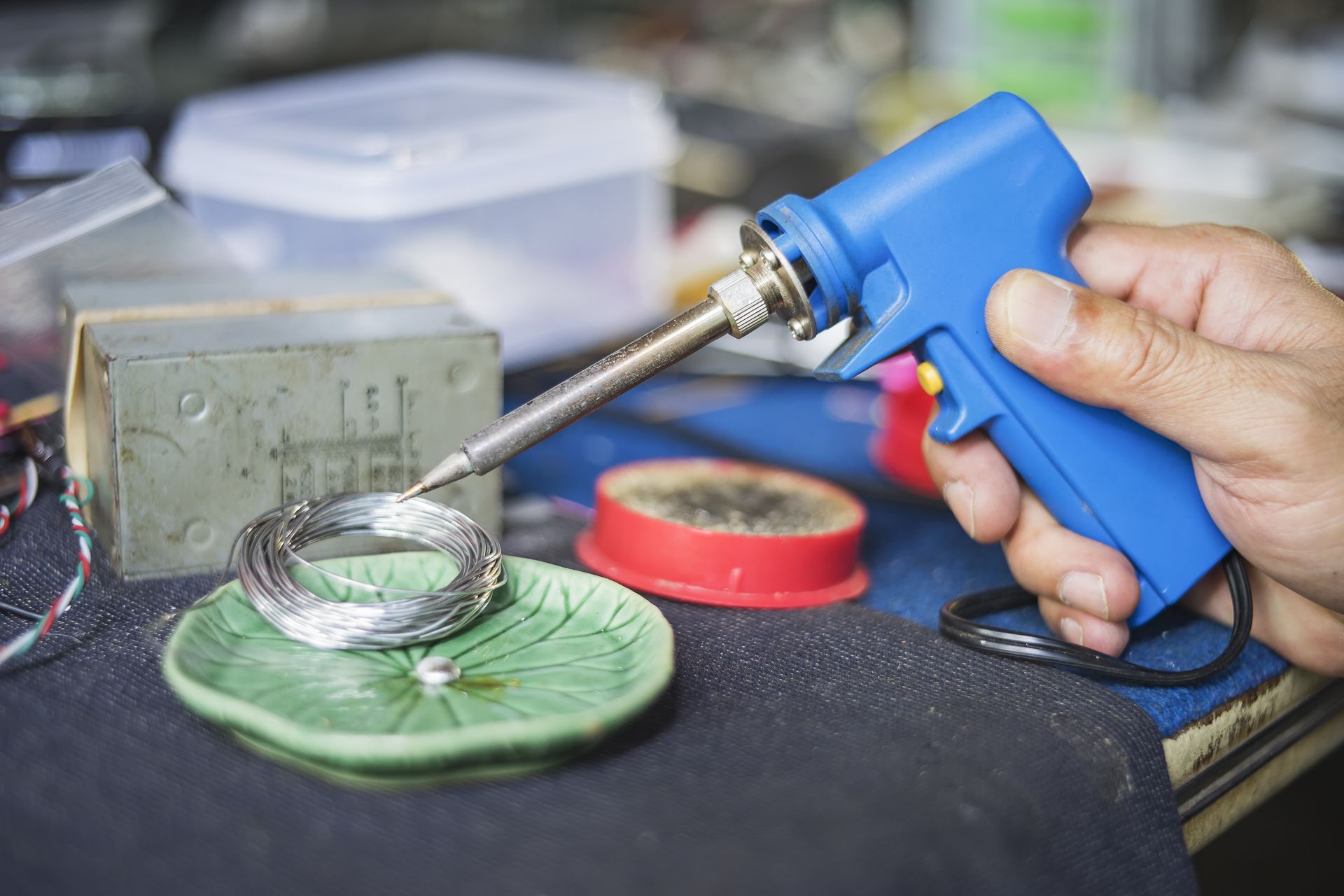
- How does a transformer soldering iron work?
- Specifications of transformer soldering irons
- Transformer soldering irons compared to other soldering irons
- What spare parts will you need for a transformer soldering iron?
- Transformer soldering irons for electrical companies
- Which transformer soldering iron is best – summary
How does a transformer soldering iron work?
High temperatures are always required for soldering work. A high current must flow through the wire in order for the tip of a transformer soldering iron to heat up sufficiently (e.g. to 400oC). There is a transformer inside the device, which makes it possible for the tip to generate a current higher than that of the electrical network. Hence the name transformer.
Specifications of transformer soldering irons
The speed with which the tip heats up is the most significant advantage. After a few seconds, a transformer soldering iron is ready for use. Such soldering irons are often used for bonding large sheet metal elements and thick cables, due to the low precision level. Therefore, if you plan to become a building contractor and are wondering what equipment you will need, a transformer soldering iron will probably be a good choice.
The soldering iron gun fits easily and comfortably in your hand, although some users point out that it is rather heavy, lowering the comfort of work. For this reason, before making your final choice, hold the soldering iron in your hand and try to assess the location of the centre of gravity.
Another disadvantage is the need to replace the tip, which burns out with time (depending on the frequency of use). Therefore, before choosing a particular model, try to find out if spare parts are widely available. Its low price is another advantage, and it will be a much smaller investment than an advanced soldering station intended mainly for professionals.
As mentioned before, transformer soldering irons are not very precise, and are also not equipped with temperature control. So if it is precision that you are primarily after, it is worth looking for other types that let you adjust the temperature and power (e.g. hot air soldering irons). A built-in LED or a bulb illuminating the tip (in selected products) is another feature in favour of transformer models, enhancing the user experience. Soldering stations will be the best option for tasks that require a high level of precision.
Transformer soldering irons compared to other soldering irons
How does a transformer soldering iron compare to other types? The main thing to keep in mind is the intended use. An electronics technician dealing with surface mount devices (SMD) will have different needs than an electrician soldering thick wires or an amateur user who occasionally does odd jobs around the home, and not to mention someone looking for a soldering iron to use in a workshop. Below is an overview of the most common types of soldering irons.
Transformer or hot air soldering iron?
Both types have their advantages. A transformer soldering iron is very often recommended for cable splicing, and also during work in the field. In the case of soldering electronic components, the emitted magnetic field would risk damaging sensitive parts. It is extremely difficult to say which one will be better, so at the beginning you could compare both types. If ease-of-use is a priority, then maybe try a lighter soldering iron.
Resistance and transformer soldering irons
Their main difference is the tip. In the case of a transformer soldering iron, it is an easily replaceable wire, while a resistance soldering iron (also called a heater) has a tip made of a piece of metal. The choice of type depends on the intended use.
Due to their precision, resistance soldering irons are suitable for all types of electronic work, including integrated circuits. A hot air soldering iron is very often a part of a soldering station, so if you are wondering which soldering station will be best, pay attention to whether it is equipped with this element. Transformer soldering irons, in turn, are good for tasks that do not require such a high level of accuracy, e.g. connecting stranded cables.
What spare parts will you need for a transformer soldering iron?
Although transformer soldering irons are simple tools, they will require changing spare parts from time to time – especially the tip. The end piece in the form of a wire burns out after some time, so it is good to always have a spare one. They are sold both separately and in sets.
Other common accessories include:
- tip mounting screws,
- microswitches,
- casing,
- 12V bulbs (for soldering irons with lighting),
- tin,
- and some rosin.
Transformer soldering irons for electrical companies
Many electricians cannot imagine working without a transformer soldering iron. Jobs such as wire splicing or joining cables require efficient equipment, but not necessarily with a high level of precision. This type of soldering iron usually has 100 or 200 watts, and heating the tip takes a few seconds.
In a professional workshop, you shouldn’t rely on just one type. For electricians, soldering stations are therefore a great addition to more mobile soldering irons. They are recommended for various types of work that require a lot of precision, and they have the option of regulating the temperature and sometimes have additional functions such as fume suction or hot air soldering. If you want to find out exactly which tools an electrician needs, then make sure you read our next article.
Which transformer soldering iron is best – summary
As you now know, transformer soldering irons are one of several types of such tools. They have both pros and cons. However, despite certain disadvantages, they work very well in many jobs, and stand out by the high speed at which the tip heats up and the possibility of mobile use. On the other hand, they have a low degree of precision, which excludes them from certain tasks.
Although an experienced user will be able to properly solder components with almost any equipment, for precise tasks (e.g. in electronics) resistance soldering irons or soldering stations are recommended. When deciding to buy a transformer soldering iron, you should also remember to replace the tip frequently. The low price is another reason this they are popular among amateur users.


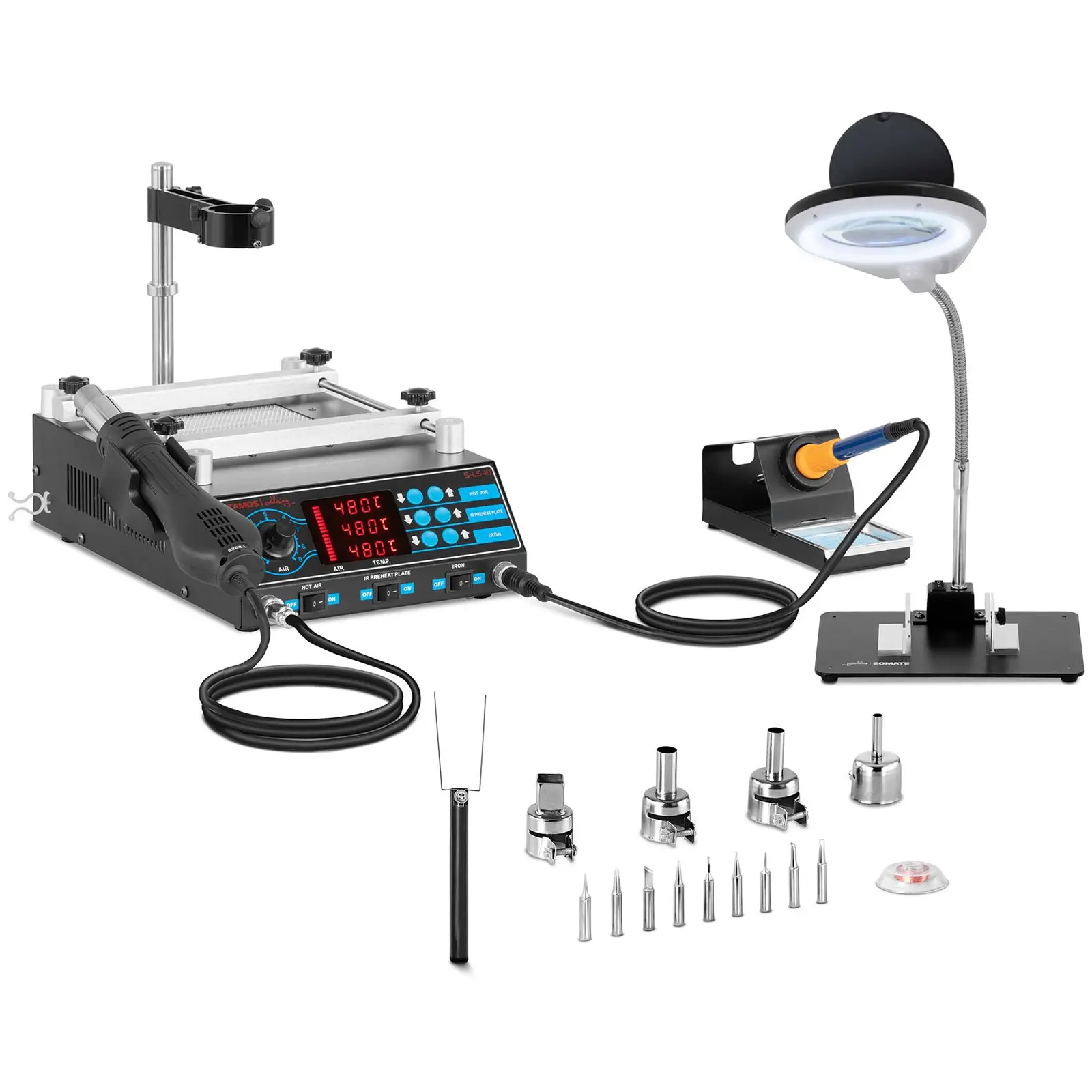
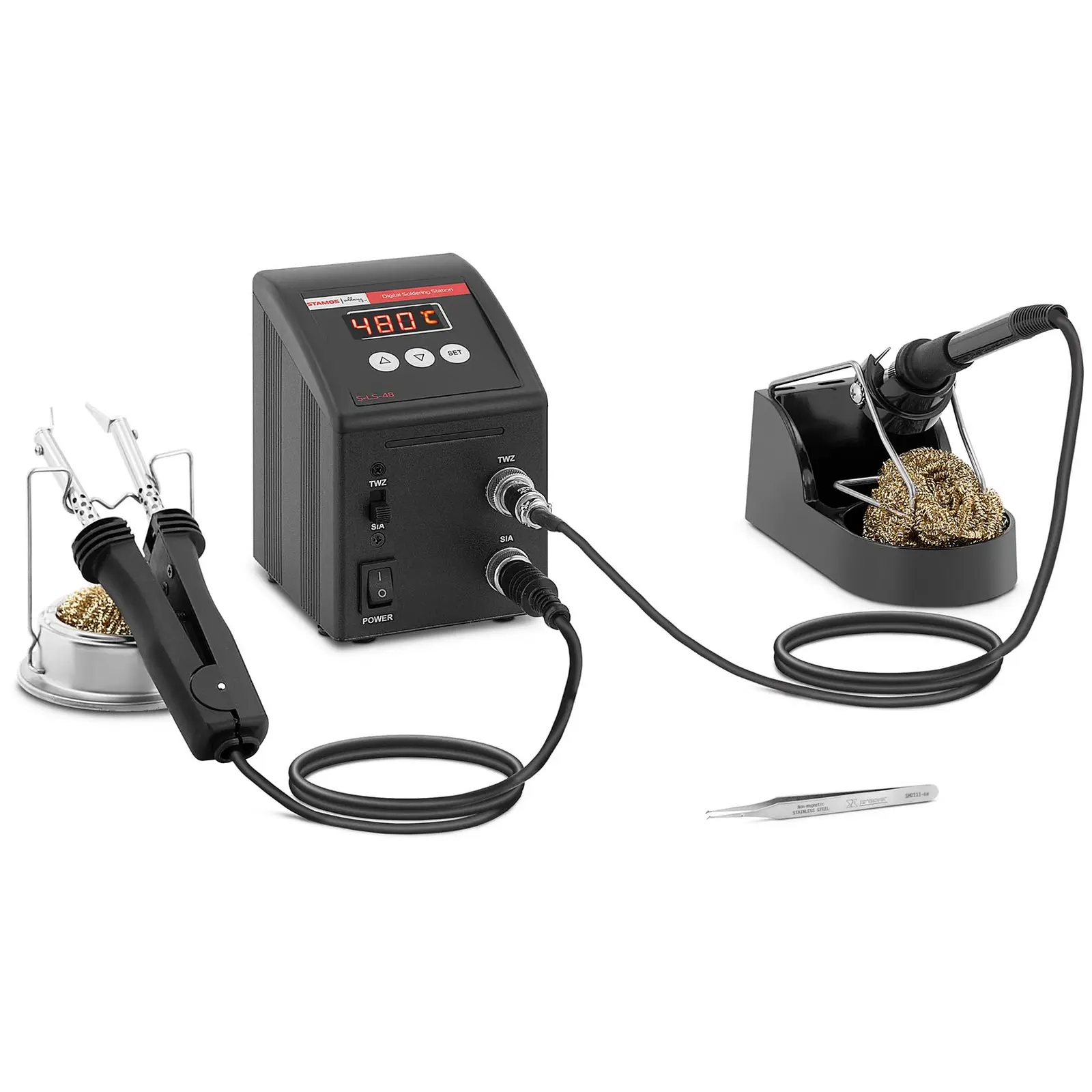

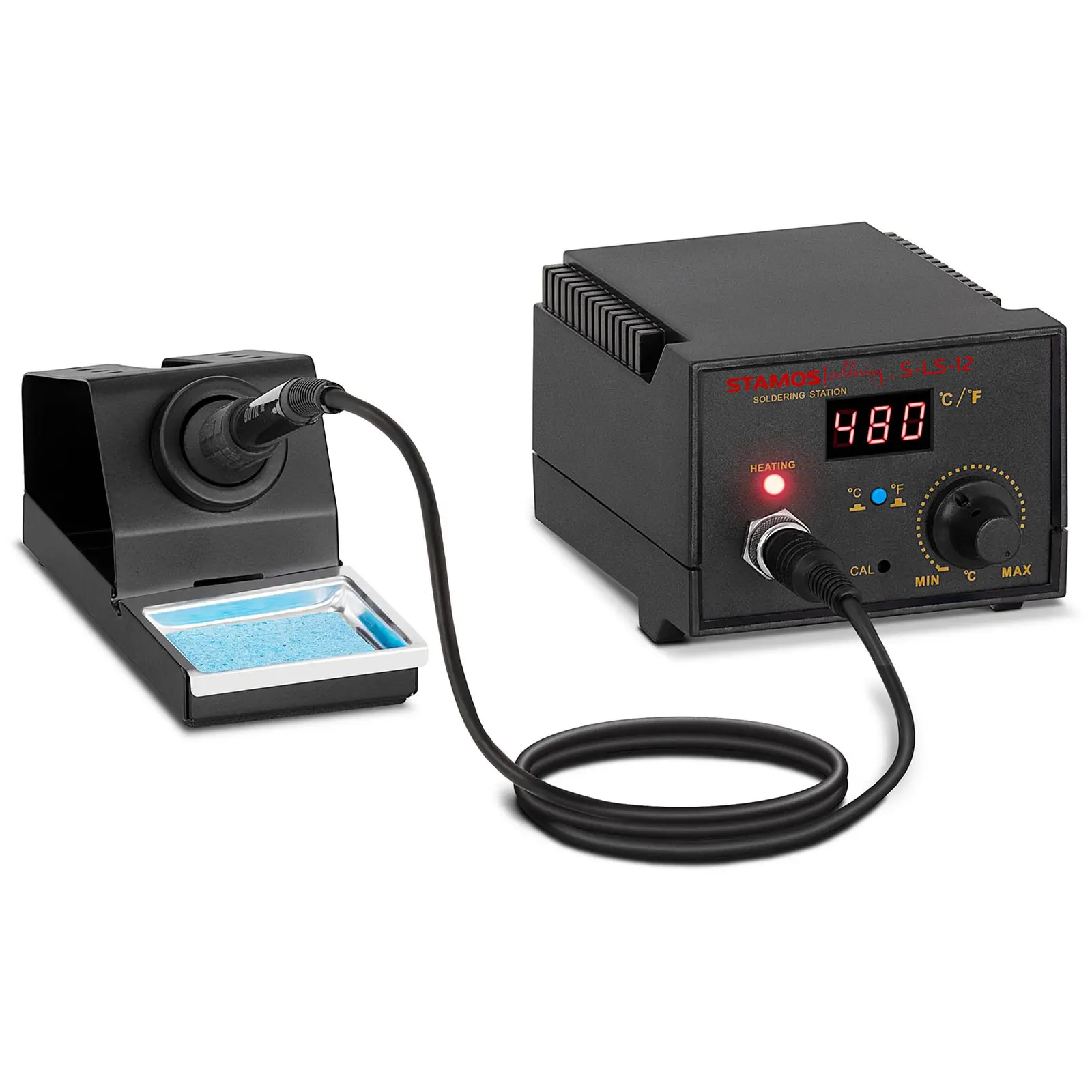
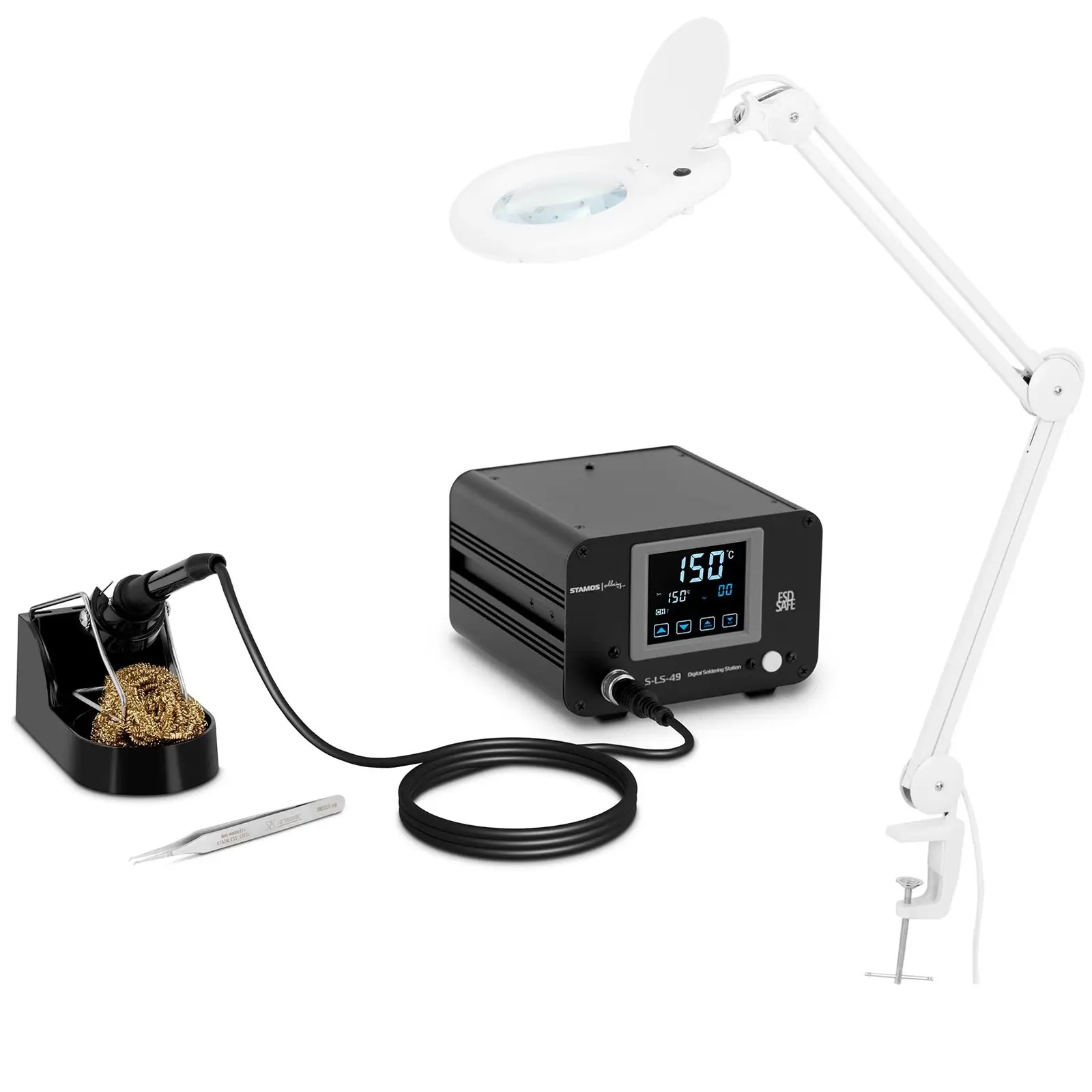
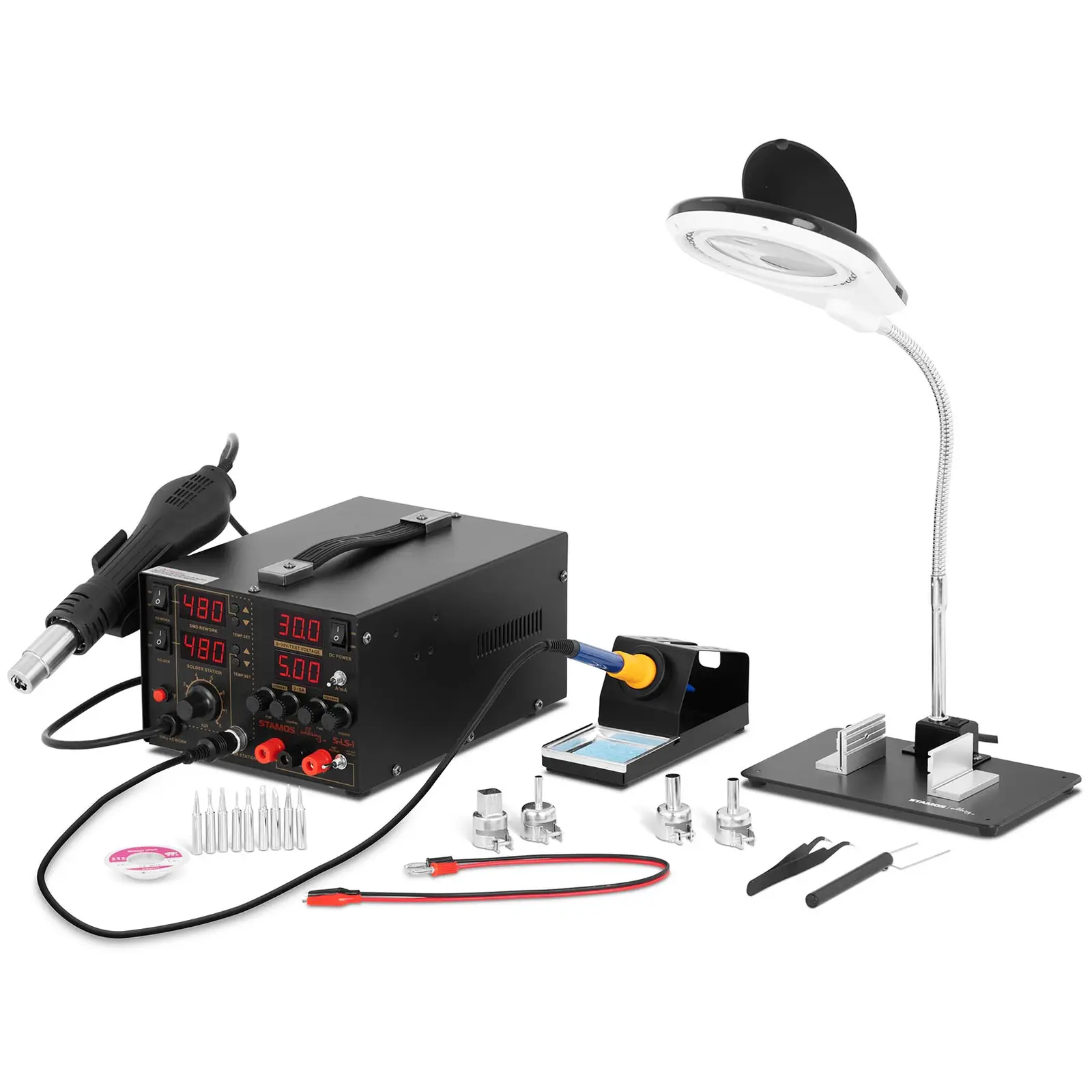
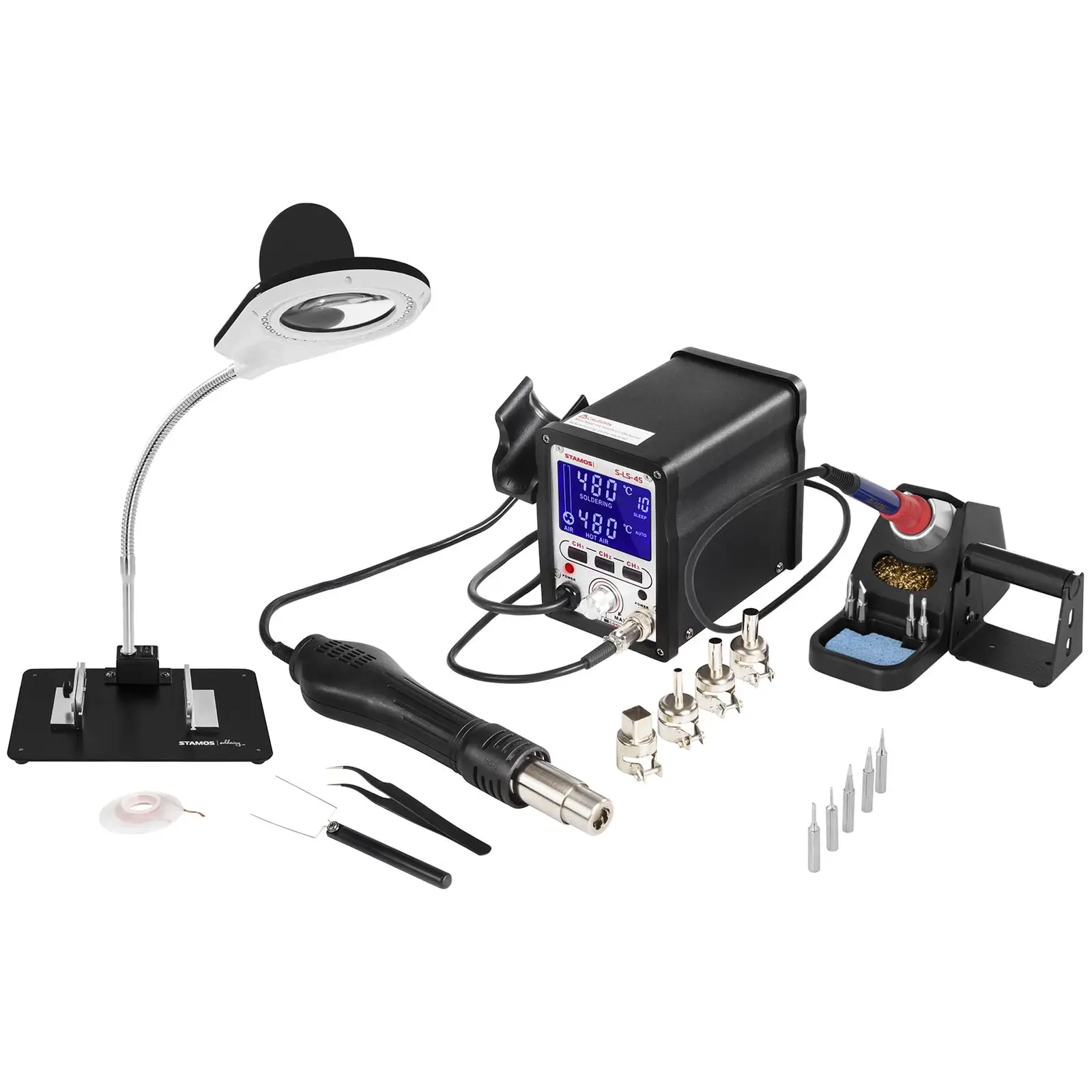

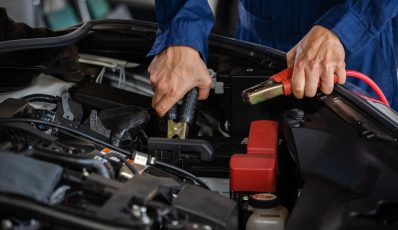



Share